Imagine you’re driving a car in the city and stop at a signal with some space between the adjacent cars. You start relaxing, change to neutral, and even before you turn off the engine, you’re swarmed over by a bunch of two-wheelers just like bees and they take up all the space you left. Now you’re praying that nobody scratches your car as you move ahead. (Sigh!) What a headache right !!?
But can you imagine a time without all this fuss? When there were no infinite traffic jams when software engineers were scarce and people could talk all day for free because they were right in front of them. Today we’re going to talk about the iconic bikes and scooters which take you on a trip down memory lane and tickle those nostalgic 2 stroke moments.
-
Yamaha RX-100
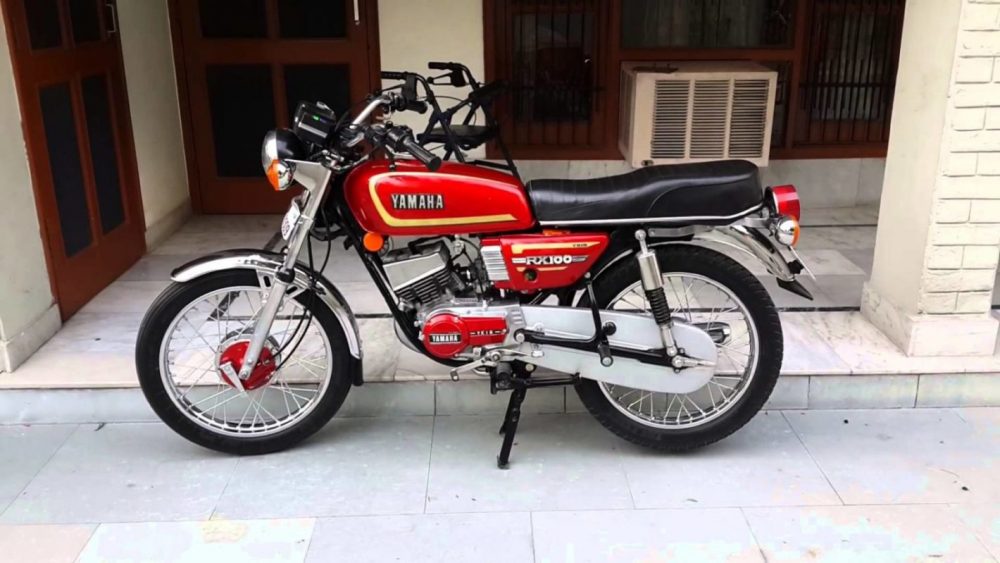
Yamaha RX 100 | Iconic bikes of the decade No list is complete without this legendary bike. Everything about this iconic bike is fascinating even now. From that potent 2 stroke engine, which was manufactured in Japan and assembled in India, to the kickass sound it makes. It’s a style statement among the youth even these days. This bike was not only reliable but affordable as well, making it accessible to many. Even now among enthusiasts, a well-maintained RX-100 can fetch you hefty amounts of money, which goes to show what kind of a legend it was, it is and always will be.
- Engine : 98cc, 2-stroke
- Power: 11 PS
- Torque: 10.39 Nm
- Transmission: 4 speed
-
Bajaj Chetak

If any of your family members did not have this scooter during the ’90s, then you probably did not live in India at all. This is the product from Bajaj which made it popularly known as “Hamara Bajaj” in every single household as it was an affordable means of transport for millions of Indian families. It was named after the famous horse of Indian warrior Rana Pratap Singh. See, it has a history in its name too. Specifications :
- Engine : 150cc, 2-stroke until 2002 and 4-stroke from 2002-2005
- Power : 7.5 bhp
- Torque : 10.8 Nm
- Transmission: 4 speed, shifter in the left-hand grip
-
Hero Honda CD100
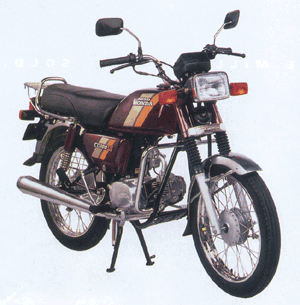
CD100 was one of the first fuel-efficient iconic bikes in India. It became the first choice for the middle class who neither wanted to buy a scooter like Chetak nor bikes like Bullet and Yezdi. It was a more compact, lightweight, solid build quality, reliable engine, and the most impressive fuel efficiency figures. If this does not impress an Indian with a “Kithna dethi hai?” mindset I don’t know what else will.
- Engine: 97cc, 4-stroke
- Power : 7.5 bhp @ 8,000 rpm
- Torque : 7.2 Nm @ 5,000 rpm
- Transmission : 4 speed
-
Kinetic Honda
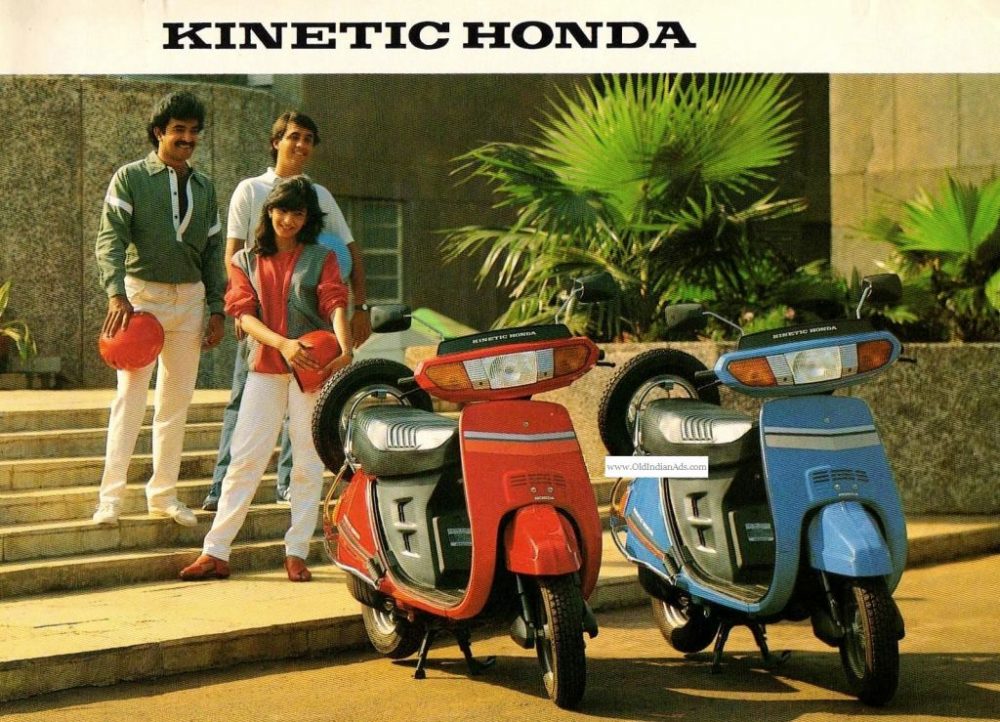
This is the scooter that will be remembered as the first scooter in India to have the electric start button and one of the first to have the CVT transmission. During times when the Bajaj Chetak was ruling the scooter market, the Kinetic Honda was introduced to basically end that rule. Unsurprisingly, it did, and because of the automatic transmission which gave that much ease for the city commutes with a rather powerful engine (for those times) and the easy electric start made more sense for the average Indian. Its wide rectangular headlamp with indicators placed nearby gave a unique and stylish front-end appearance.
-
Yamaha RD350
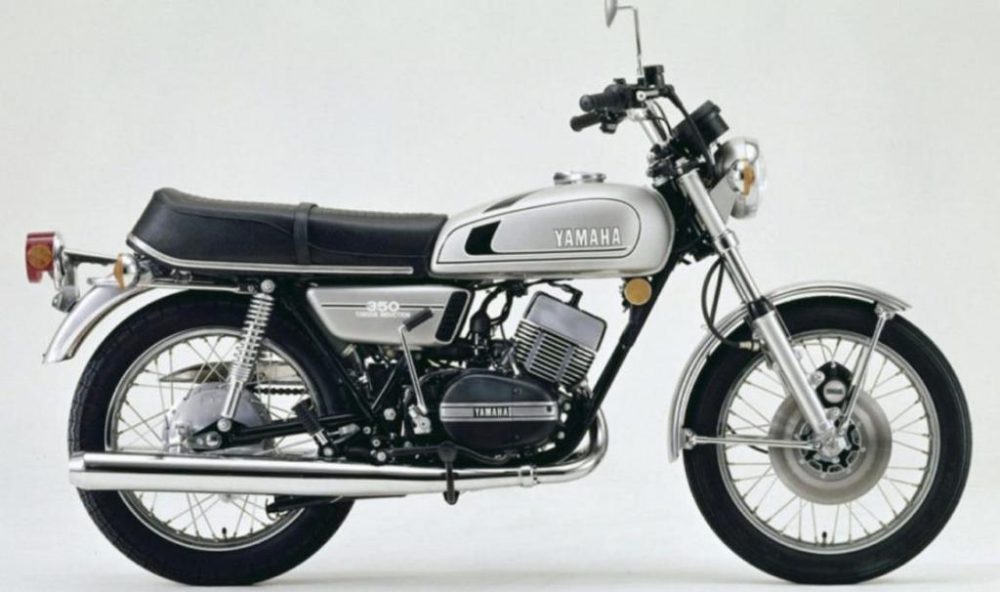
Only an avid petrol head would drool over this iconic bike and right now I have run out of tissues. This monster clearly kickstarted a new era of performance bikes during the times when Yezdi and Jawa were modified to race on the track and rally races. This bike’s production, unfortunately, ended in 1990 and the remaining lot was sold until 1991. It had a 7-port two-stroke parallel twin-engine, Yamaha’s patented Torque Induction System using reed valves, 6-speed manual transmission, auto lube system, mechanical tachometer, and 12-volt electrics. This translated to a 0-60 kmph in less than four seconds which was mind-boggling during the times it was sold. All that said it was definitely not the perfect bike and some of its disadvantages include, low mileage in a cost-conscious Indian market, pair that with a high purchase price, poor availability of the already expensive spare parts, and lack of trained service personnel.
- Engine: 347cc, 2 Stroke, Parallel-twin
- Power: 30.5 bhp (High Torque model), 27 bhp (Low Torque model)
- Torque: 37.2 Nm (High Torque model), 32.3 Nm (Low Torque model)
- Transmission: 6 speed
-
Bajaj Sunny
Bajaj Sunny was the teen sensation during its time of release. This lightweight peppy scooter sits on a small 50cc, 2-stroke petrol engine with an automatic transmission. Its top speed was 50 kmph, fuel tank capacity of 3.5 liters along with a spectacular mileage of 50 kmpl and a payload-carrying capacity of 120 kgs. It was a very reliable scooter as well. Unlike TVS Scooty and Kinetic mopeds, this one uses an automatically engaging gear system, which enhances a smooth riding experience.
- Engine: 49 cc, 2-stroke
- Power : 2.8 bhp @ 6,000 rpm
- Transmission: Automatic
-
Suzuki Samurai
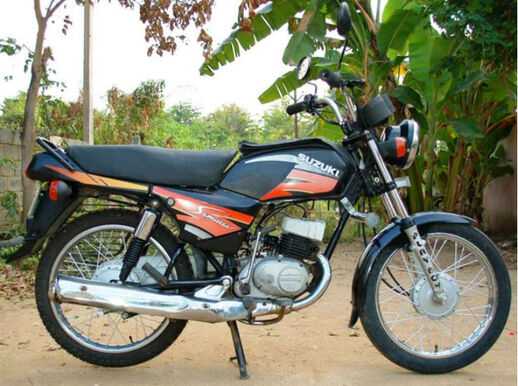
The Suzuki Samurai tried to break into the realms of the RX100 and still provide more comfort and reliability. Suzuki’s partnership with TVS brought this iconic bike which was one of the best-selling motorcycles in its times. It attracted lots of youngsters and adults alike. Later on, it was accompanied by a more powerful model called the Suzuki Shaolin, which had a bigger engine with more power and retained the same styling. The Suzuki Samurai was very well known for being modified into dirt bikes and the engines were tuned aggressively.
- Engine : 98.2cc, 2-stroke
- Power : 7.8 bhp @ 5,500 rpm
- Torque : 9.8 Nm @ 5,000 rpm
- Transmission : 4 speed
-
Hero Puch

The Hero Puch is one of the most iconic mopeds in the Indian market. It was compact, lightweight, powerful, and provided a fuel efficiency of around 70-80 kmpl. Its design was simple and came along with a rack between the handle and seat and also behind the pillion seat for carrying luggage. Its low seat height made it very accessible for shorter riders as well. The lower asking price and the fact that it was easy to maintain, made this moped a top choice for commuting among Indian buyers.
- Engine : 64cc, 2-stroke
- Power : 4.2 bhp @ 5,500 rpm
- Transmission : Automatic, 2-speed and 3-speed
- Bullet 350
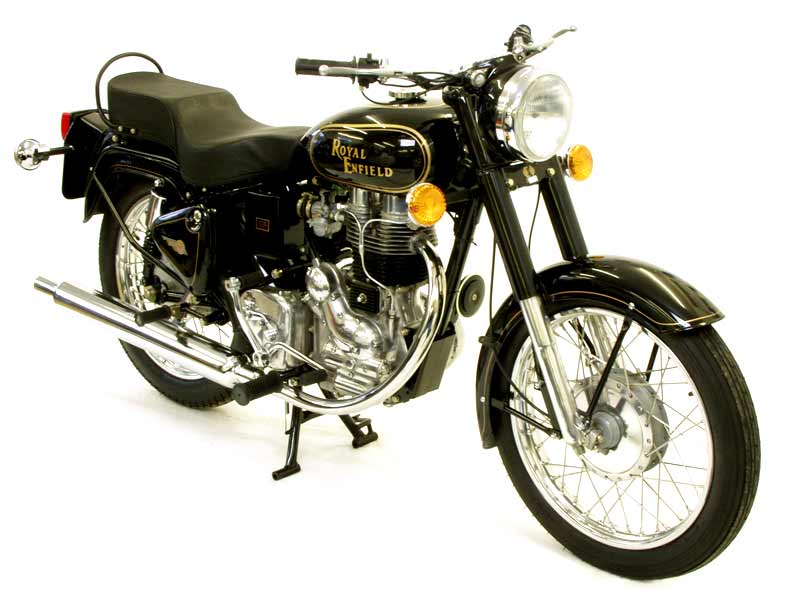
Okay, I know you were waiting for this one so here it is the thumper in all its glory. I saved the best for the last because come on, nobody can talk about nostalgia in automobiles without talking about this magnificent timeless piece of art. Yeah yeah, I know it was being produced since the times our ancestors were learning to make fire from 2 pieces of stones but the ones I’m talking about are those that were updated and released during 1990-2000. The design largely remains the same but of course, nobody is going to complain about that, it retained the complete cast-iron engine, full mudguards, and traditional footgear on the right along with a very nifty neutral finder to make the shifting to neutral easier. The updates however included the power being increased slightly to 18 bhp and new padding for the single-seat which made it more comfortable for long rides. The downsides of the Bullet were that it was too heavy and tiresome at low speeds, unreliable, and a huge pain to start but once we start hearing the dug-dug thumping sound, it all vanishes away into thin air.- Engine : 346cc, 4-stroke single cylinder
- Power : 18 bhp @ 5,000 rpm
- Torque : 32 Nm @ 3,000 rpm
- Transmission : 4 speed
“Who we are is because of the changes we made to who we were, and in order to keep improving, we must never forget who we were.“
-Gautam.J.G
These rare gems are always cherished by petrol heads no matter what the future beholds for the automobile industry. These models may or may not be available now, but even a glimpse of them, no matter where we see them brings back the good old memories which we can never forget. This article is an ode to such timeless pieces of art that were once a part of our lives.







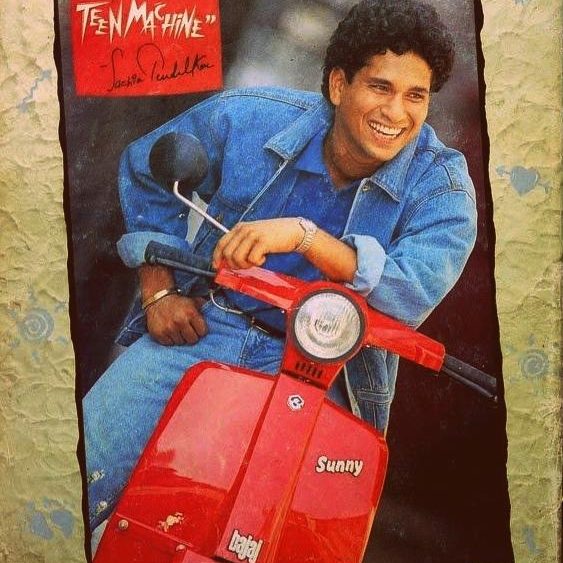

I want Yamaha RX100 bike brother